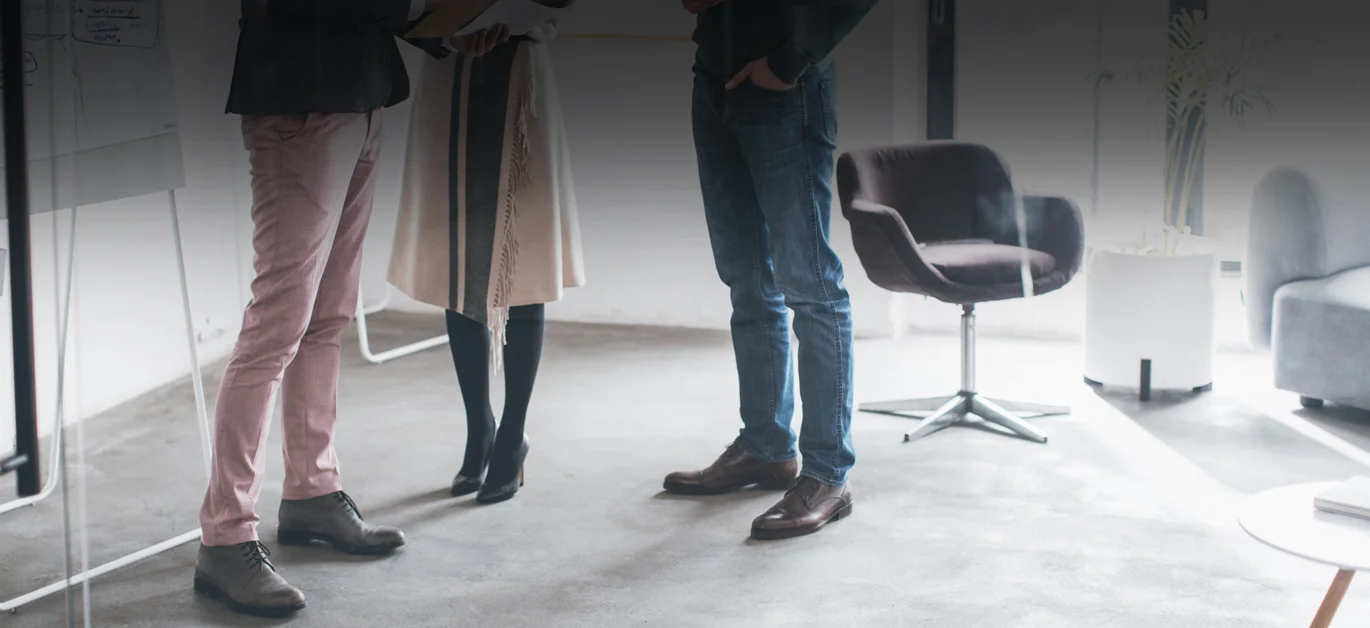
BLOG
3 Critical Ways Leaders Increase and Access Alignment
Why Access Alignment, you ask? Aside from a love of alliteration, and a penchant for un-sexy brand names, I chose this name because it felt big enough to encapsulate three of the most important things we do:
1. Leading Purposefully: access alignment with your values
We continually witness and I’ve personally experienced how powerful it is to align purpose with path. When leaders align their values with their everyday actions:
- Everything falls into place.
- There is flow.
- Work can be done with greater ease, fulfillment and enjoyment.
- It’s not so heavy, burdensome or tiring.
- Impact multiplies.
2. Leading Fully as a Whole Person: access alignment with all parts of yourself
We know about IQ. We’re increasingly familiar with EQ and how this is essential for leading well. Very few understand or utilize SQ. In fact, what the heck is SQ?
SQ = soma (body) quotient. This is not even standard nomenclature yet but you’ve likely heard others touch on this untapped super power. Amy Cuddy, PhD taught us Power Poses. Bessel Van Der Kolk, MD explains how The Body Keeps the Score. And I learned from a decade of training in ZenBodytherapy® that our physical alignment - how we sit, stand and move - dramatically impacts how we think and feel. So increasing alignment physically and tapping into the brilliance of your body is something particularly potent. When you attune to all parts of yourself - head, heart and body:
- You connect more deeply with yourself, with others and the world around you.
- You increase empathy.
- You increase your capacity to be inclusive with others.
- It’s easier to create psychological safety.
- You know how to increase your own sense of safety in a world mired with triggers and trauma.
- You open doors and opportunities for yourself and for others.
3. Leading with Impact and Leverage: access alignment with others
When you’ve increased alignment within yourself, gaining alignment with others is a much easier, organic process. It’s far easier to craft a vision and embody it such that others are naturally drawn to it.
When you’ve done the groundwork of #1 and 2 above:
- You’re naturally more curious, humble, open and able to make adjustments or corrections when needed.
- You gain traction and influence.
- Generating or accessing alignment in your teams and in groups is easier and even exhilarating.
- Teamwork, collaboration, innovation, efficiency, and productivity soars.
Oprah & Avatar on Leadership: The Gift of Presence
I just watched the movie Avatar again last weekend. It is probably my favorite movie of all time. It speaks to me on so many levels. One of the most powerful phrases used in this movie is “I see you.” It is used in the tribe of the Na'vi to convey unity between two souls.
In sanskrit, the greeting Namaste holds the same essence.
Namasté represents the idea that all are one. It affirms that beneath the outer trappings that make you appear different from others, you are made of the same stuff. You are more the same than you are different. - The Chopra Center
In 2014 Oprah spoke to graduate students a Stanford sharing her journey and her thoughts on life-path and leadership. Watch this sometime. It’s an hour so perhaps watch as an alternative to the latest binge-worthy TV series, or after you watch Avatar again. There are numerous insights in Oprah’s words, but I’ll focus on one for now. She describes how across the range of everyone she has ever interviewed from movie stars to presidents at the end of the interview when they walk off stage the question they ask is always the same: “How’d it go?” Translation: Did I do okay? Oprah concludes that everyone, no matter how successful, wants to be seen. They want to know that who they are - their being - is enough. The message for all of us as leaders and compassionate human beings is to give that gift of seeing another. It’s the gift you give when you are still, listening without any agenda, fully present. Listening as to put yourself in their shoes, feel their struggle, their strife. Not needing to fix it or solve it, but just being there with them. It’s from that place of stillness and presence that you can honestly say, “I see you.”
Oprah demonstrates this in real time while onstage for this talk. She shows her ability to see others in the way she compliments Amanda, her interviewer. She offers words like, “That is such a great question,” and “You must have been up all night,” referring to the rigor and mental processing Amanda did beforehand. In silicon valley, imposter syndrome runs rampant. Am I good enough? and more specifically, am I smart enough? This question trembles silently and is stored deep under the pressures felt by those drawn to it’s heat, like moths to a flame. Oprah gives Amanda a gift by staying present, by answering the questions that are asked as well as those that aren’t asked (at least not verbally), but heard because she was still enough to hear them.
So what’s the takeaway? What action might we distill from this? (Sigh) Does it always have to be about action? If yes, and you can’t help yourself either, here’s what I’ve got for you:
1. Cultivate your capacity to be still enough to listen. Set aside what you have to say and be open to what someone else needs to share. Listen fully. It’s not just the compassionate thing to do, it’s how trust begins to take root.
2. Name what you see in another. Recognize the contributions they are making, how they impress you. Not in a grandious way, just literally im-press, as if they’ve made an imprint.
3. Remember (over and over again, because it’s easy to forget). It is a gift to be known: to be seen, to be heard. Perhaps the greatest gift of our time.

